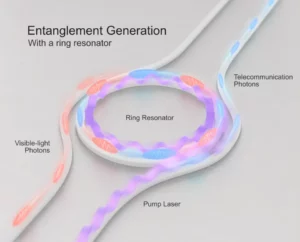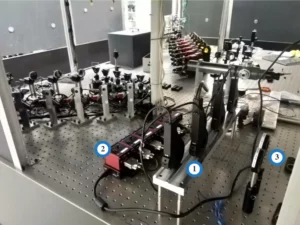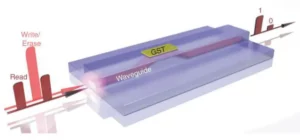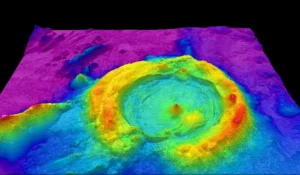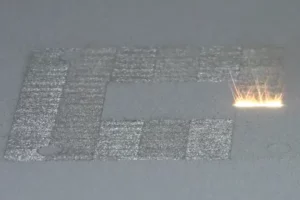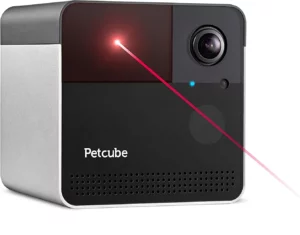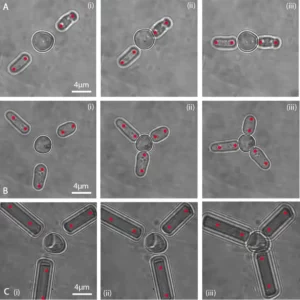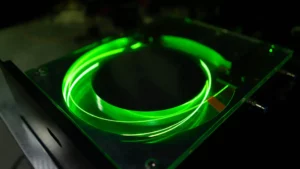Compact Photonic Chip System Brings Miniaturized Atomic Clocks Closer to Reality
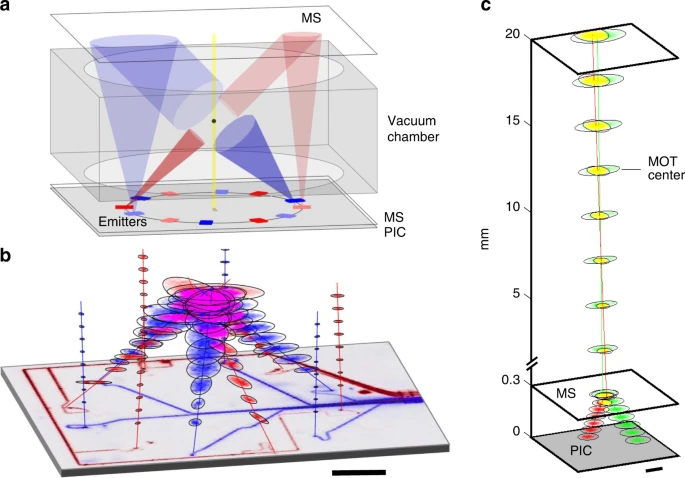
Researchers have developed a groundbreaking compact photonic chip system that paves the way for miniaturized strontium atomic clocks. The achievement has significant implications for atomic technologies, as miniaturization could lead to a range of benefits in applications such as GPS and communication systems.
Optical Resonators: Principles, Types, and Applications in Modern Technology
Optical resonators, sometimes referred to as optical cavities, are essential components in various modern technologies, from…
Understanding Air Spaced Waveplates: Applications and Principles
The field of optics has seen significant advancements in recent years, and one of the essential…
All-optical Memory Circuit with High-Speed Operation Developed for Future Signal Processing and Computing Systems
Scientists have developed a new all-optical memory circuit that could revolutionize the way we process signals…
Researchers Develop High-Efficiency Blue Laser for Advanced Bathymetric Lidar Ocean Exploration
A team of researchers has recently announced the successful development of a high-efficiency, nanosecond pulsed blue…
What is Airborne Lidar Bathymetry? A Comprehensive Overview
Airborne lidar bathymetry, a cutting-edge technology that combines light detection and ranging (lidar) with bathymetric principles,…
Synchrotron Experiments Illuminate Path to Enhanced Metal 3D Printing
In an exciting development, scientists from the U.S. National Institute of Standards and Technology (NIST), the…
Best Cat Laser Toy In 2023
With so many options available on the market, it can be difficult to decide which one…
Laser-Actuated Micro-hand Achieves Dexterous Manipulation at Micron Scale
Scientists at Tsinghua University in Beijing have made a breakthrough in the field by developing a…
Fiber-Based Amplification of Mid-Infrared Diode Lasers for Improved Medical and Communication Technologies
Scientists have demonstrated for the first time the fibre-based amplification of mid-infrared diode lasers in the…
How Do Tattoo Removal Lasers Work?
This article will provide an in-depth, educational examination of the science behind tattoo removal lasers, exploring…

